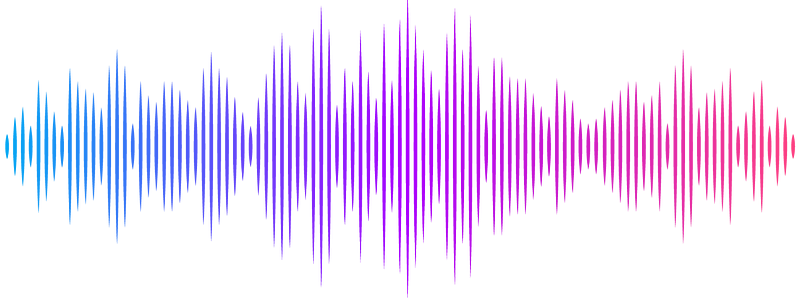Random UV Mutagenesis for the production of Chlorella vulgaris mutants with low chlorophyll content for the food industry

Random UV Mutagenesis for the production of Chlorella vulgaris mutants with low chlorophyll content for the food industry
Ivanov, I. N.; Kopecky, J.; Sterbova, K.; Hrouzek, P.; Lukes, M.; Bisova, K.; Kurniawan, S. B.
AbstractMicroalgae is currently gaining attention as an alternative source for food production. The market is currently demanding colorless algae with high protein and lutein content as an alternative to currently available commodities. This research was aimed at performing random UV metagenesis on Chlorella vulgaris to obtain mutants with enhanced growth rates and increased growth characteristics. A total of seven mutants were selected to be analyzed after the random mutagenesis. Small (40 mL) and larger-scale (1,000 mL) reactors were used to analyze the production of C. vulgaris mutant biomass, focusing on the dry matter, starch, chlorophyll, protein, fatty acids, and lutein contents. Results implied that mutants showed a higher specific growth rate (2.1-2.5-fold higher) as compared to the wild type. The three mutants (MT 1, 2, and 3) that exhibited a yellow color were subsequently chosen for further scalability. In larger-scale reactors, all mutants exhibited higher protein contents while displaying lower carbohydrate and chlorophyll contents in comparison to the wild type. Moreover, MT 1 exhibited the highest concentration of lutein (0.37%-0.38%) and the lowest concentration of chlorophyll (0.1-0.14%), both of which are of significance for potential applications in the food industry.